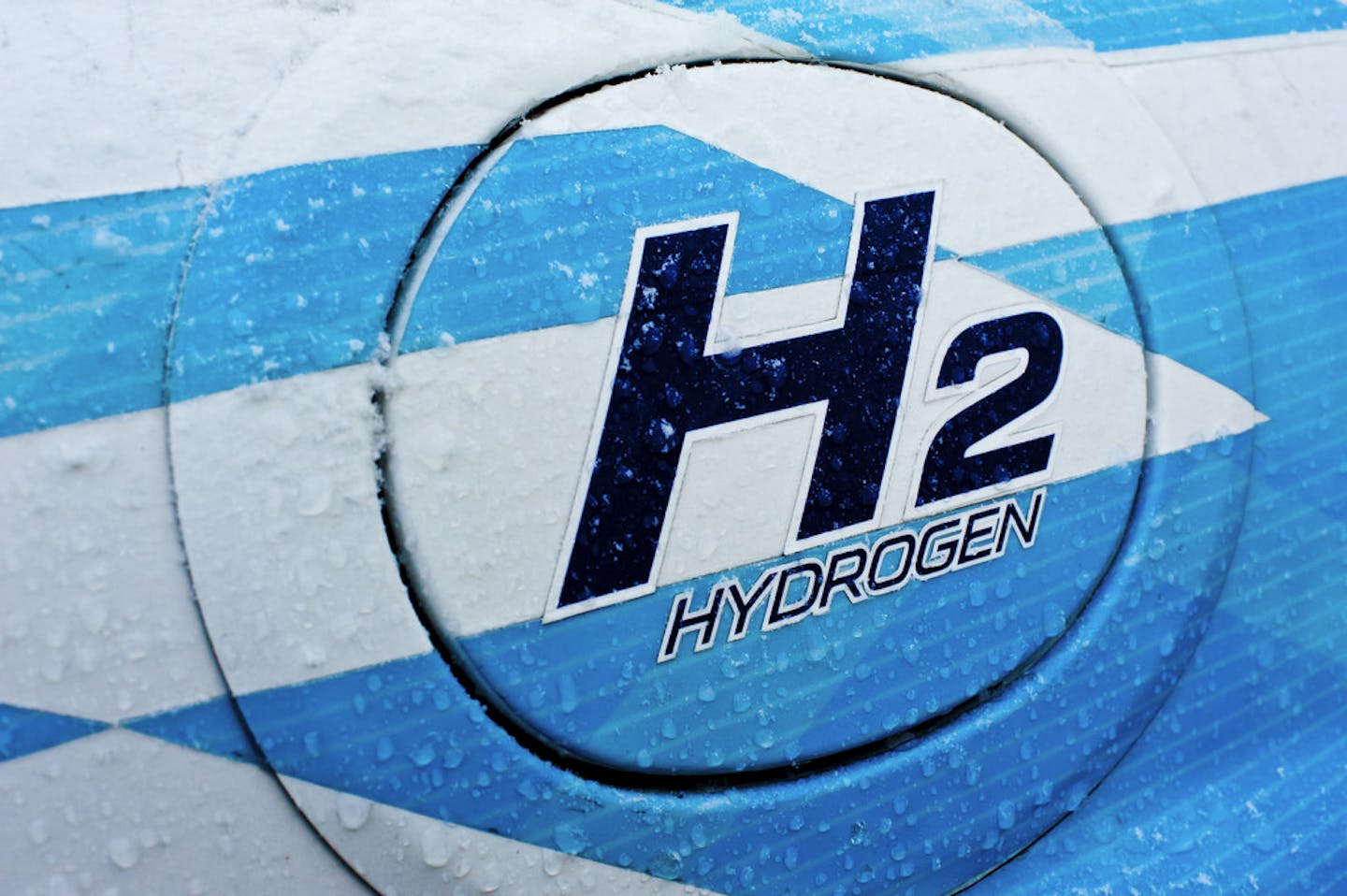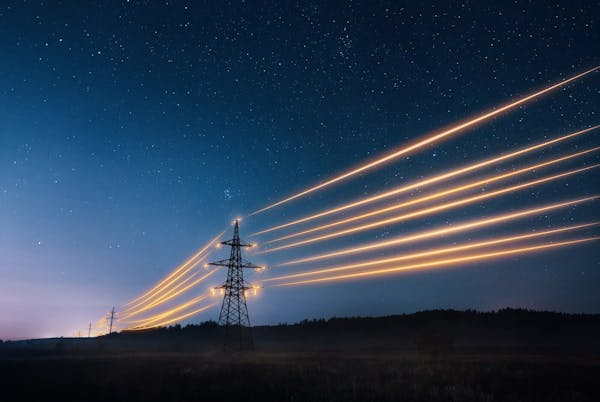A roadmap to 100% renewable hydrogen for California
Energy Independence Now (EIN) released a roadmap outlining key strategies to promote renewable hydrogen (RH2) production that will help California achieve its clean energy and clean transportation goals.
On the heels of Governor Jerry Brown’s recent call for 5 million zero-emission vehicles by 2030 and 200 hydrogen stations by 2025, EIN’s Renewable Hydrogen Roadmap provides the blueprint to achieve these ambitious efforts in the cleanest possible manner. Fuel Cell Electric Vehicles (FCEVs) and renewable fuel are vital components of California’s zero-emission future.
This roadmap explores the most cost-effective and scalable production technologies and feedstocks, such as renewable electricity or biogas, to present viable pathways for industry, government and consumers.
California has committed to building 200 hydrogen fueling stations by 2025 and there are already thousands of hydrogen FCEVs on the roads of the Golden State. Zero-emission FCEVs use hydrogen to produce electricity on board, requiring less than 5 minutes to refuel for driving ranges up to 360 miles.
The Renewable Hydrogen Roadmap’s key proposals include
- Increasing financial support and market-building mechanisms to catalyze the development of RH2 production at scale.
- Creating state and federal policies that support the vision of RH2 and the pathways to develop and scale RH2 deployment.
- Educating policymakers, stakeholders and the public about the benefits of scalable RH2 production, which will accelerate the adoption and deployment of renewable electricity and clean, zero-emission transportation fuels.
"CHBC members see renewable hydrogen as the cornerstone of the zero-emission transportation future in California,” said Jeff Serfass, Executive Director of the California Hydrogen Business Council. “At-scale renewable hydrogen production is critical, not only for FCEVs, but also to support fueling of medium and heavy-duty vehicles like buses and trucks. This roadmap outlines initiatives to meet the demand for those vehicles."
The transportation sector is by far the largest source of greenhouse gas (GHG) emissions in California, generating 37% of the state’s GHGs or 163 million tons of carbon dioxide equivalent in 2014. California’s climate and clean energy laws already require cutting petroleum use in half and cutting GHG emissions by 40% (from 1990 levels) by 2030.
California also has committed to dramatically increase production of renewable electricity by generating 50% of its power from renewable sources by 2030. RH2 can help California achieve both initiatives, providing zero-emission fuel and critical storage opportunities for renewable energy.
EIN continues to work with environmental, energy and transportation experts to implement the findings of the roadmap, which was made possible by their generous support as well as by the South Coast Air Quality Management District (SCAQMD), Toyota Motor Corporation, Honda Motor Company, Southern California Gas Company, Pacific Gas & Electric Company, The Linde Group, Nel Hydrogen, Hydrogenics Corporation, ITM Power, Fuel Cell Energy and Proton OnSite.
Explore the Renewable Hydrogen Roadmap



